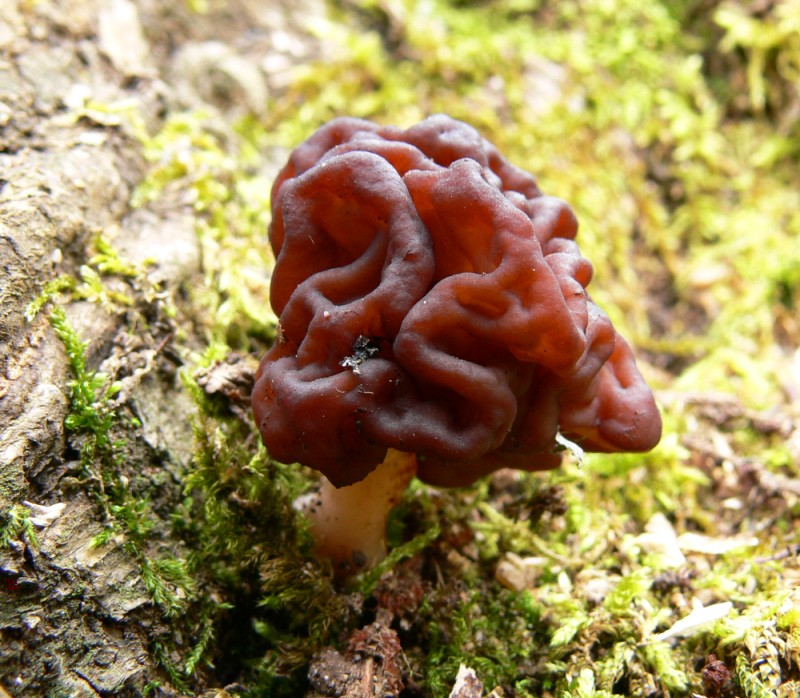ALS does not have a single cause, on the contrary every case of ALS is probably induced by a combination of factors that will lead to cellular stress. The response to this cellular stress (UPR and others) involves the shutdown of functions that are essential for the proper functioning of the body. Indeed in a state of stress response, there is no more protein production, while the protein consumption resulting from metabolism is continuing, so muscle mass is gradually destroyed.
Scientists know how to chemically or biologically induce conditions similar to ALS in model animals. One of the possibilities is to use β-Methylamino-L-alanine, or BMAA. It is a toxin from a cyanobacterium. Cyanobacteria are well known by the nickname green algae, which can be found in all places where there is stagnant water including maritime bays like that of Morlaix in France, the tidal bore of the Petitcodiac river (where there is currently an epidemic of unknown neurological disease) or aquariums.
But toxins are not only found in standing water, they are found everywhere in the natural environment. For example, between 1990 and 2018, 14 cases of amyotrophic lateral sclerosis (ALS) were diagnosed in residents and visitors with a second home in a mountain hamlet in the French Alps.
 (Frederic Coune)
(Frederic Coune)
A systematic investigation was then carried out. The official report is quite disappointing. It asserts that it is not possible to hypothesize that there is a link between the cases of ALS observed and a particular risk associated with this place. The report goes on to say, and this is obviously comfortable for the French administration, that there is no specific management measure whose implementation can prevent the onset of this disease.
Recent on-site investigations by Lagrange, Spencer and other colleagues from France and the United States, however, showed that all the patients had ingested wild mushrooms, especially poisonous false morels. Half of these patients had consumed Gyromitra gigas mushrooms.
Consumption of the neurotoxic fungus containing gyromitrin Gyromitra sp. (false morel), has sometimes been implicated in the sporadic genesis of amyotrophic lateral sclerosis.
There are several fungal toxins that can cause organic damage in the human body. Tricholoma equestre may contain myotoxin and repeated ingestion may cause severe rhabdomyolysis. Ingestion of Amanita smithiana and A. proxima causes kidney damage. Gyromitrin, a toxic compound that is converted to hydrazines in the stomach, is present in some species of Gyromitra. It is primarily neurotoxic, but can also induce moderate liver damage and hemolysis.
Gyromitrin is a toxin and carcinogen found in several members of the fungal genus Gyromitra, such as G. esculenta. Poisoning causes nausea, stomach cramps, and diarrhea, while severe poisoning can lead to seizures, jaundice, and even coma or death. The gyromitrin content of false morels is said to be between 40 and 732 milligrams of gyromitrin per kilogram of mushroom (wet weight). The median lethal dose (LD50) of gyromitrin is 30 to 50 mg / kg in humans. That is, in some cases a hundred grams of the fungus would be enough to reach the lethal dose.
Scientists have even shown that high consumption of fresh or dried true morels Morchella spun causes temporary neurological syndrome (SN) with cerebellar signs. For safety, they recommend to avoid consuming real morels or button mushrooms raw or undercooked, fresh or dried.


